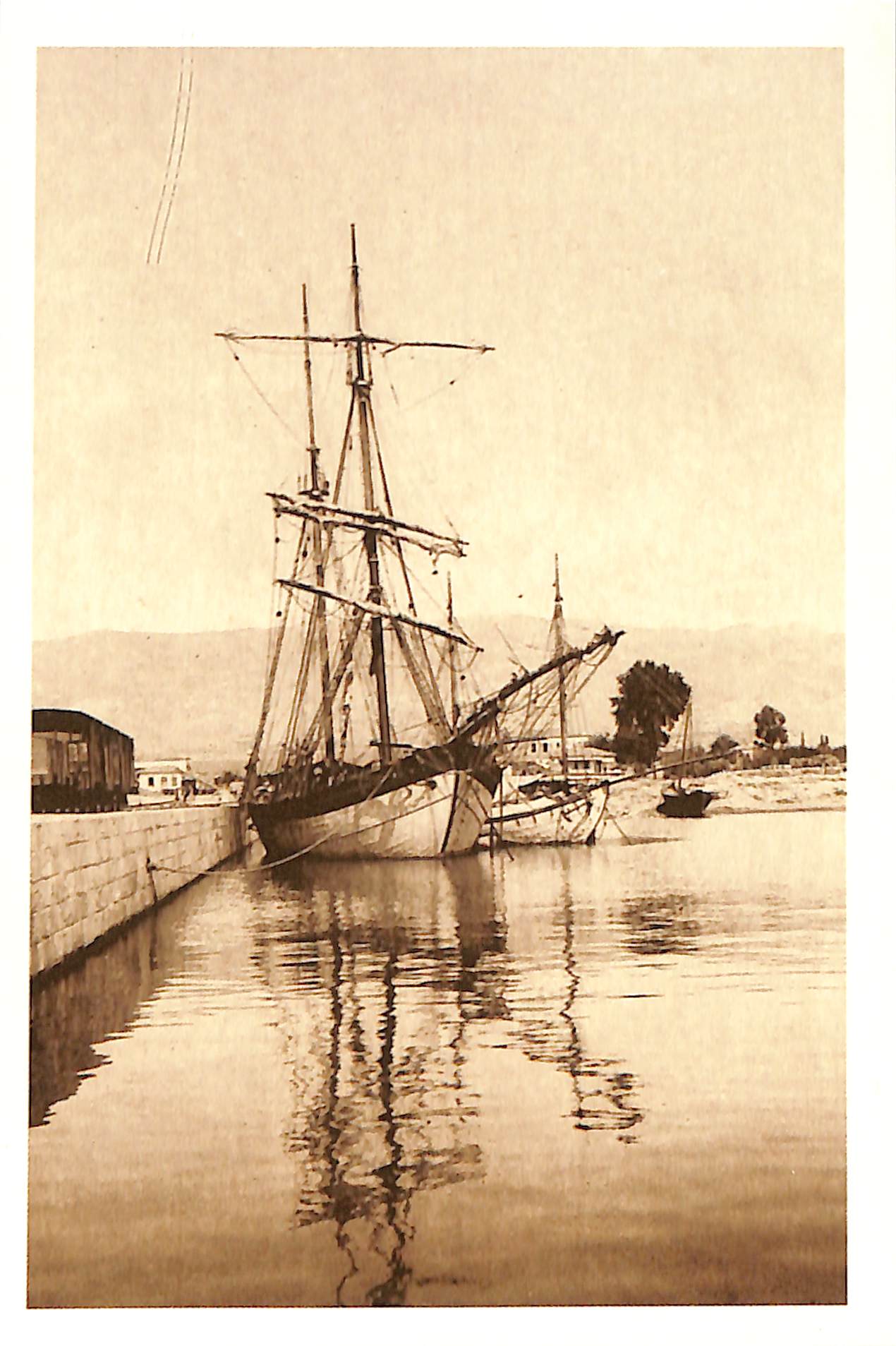
The port of Kalamata in the end of the 19th and the beginning of the 20th century
4/28/2025 4:17:02 PM
The port of Kalamata in the end of the 19th and the beginning of the 20th century
Until the mid-19th century, the port of Kalamata had not developed, much like most seaside Greek towns at the time, which still lacked artificial harbors. The need to construct a port was first raised by the merchants of Kalamata in the 1850s, as it was deemed essential for the development of the city's shipping, commerce, and industry. The first step toward this goal was the establishment of the Port Fund in 1868. In 1872, the Supervisory Committee commissioned a technical study from the French port engineer N. Pascal, who designed the harbor in its current location. In 1882, the foundation stone was laid. By 1896, the port construction was still incomplete. Public works contractor Ludovic Petimermé was then assigned to carry out key developments, including the construction of a 180-meter-long breakwater, the extension of the mole by 200 meters, the construction of quays, dredging of the basin and port to a depth of 7 meters below sea level, as well as the building of triple stairways and the installation of cast-iron mooring posts, bollards, and buoys. The entire project was finally completed in 1901. Since then, the commercial development of the port progressed rapidly. The traditional agricultural products of the Messinian plain (figs, black currants, silkworm cocoons) were exported directly or via Patras to all the major trade centers of the time, such as Constantinople, Smyrna, Trieste, and Marseilles.
Pictured: A section of the port of Kalamata around 1898. ©Municipal Photography Museum of Kalamaria ‘Christos Kalemkeris’.

